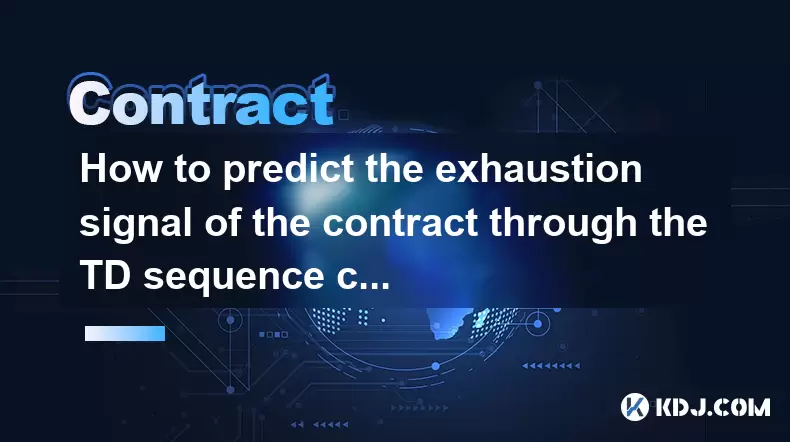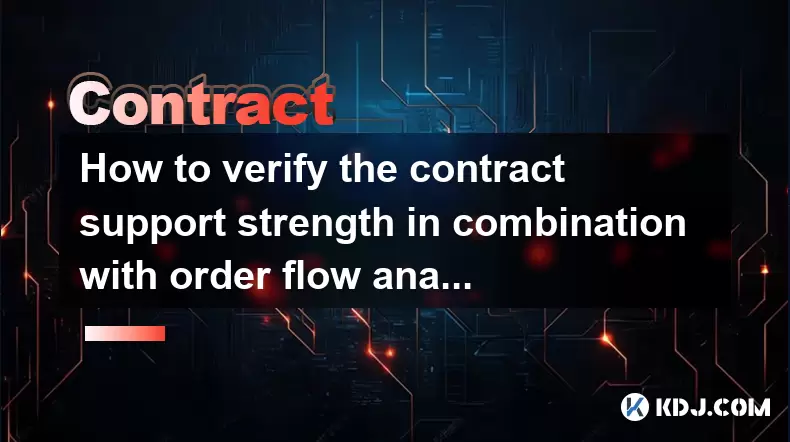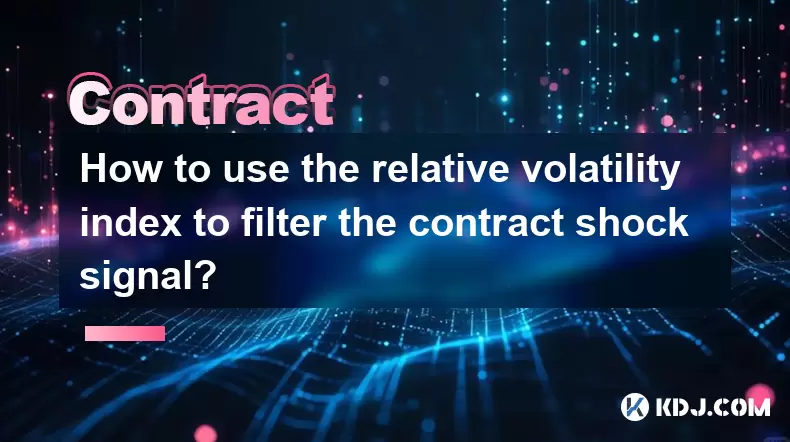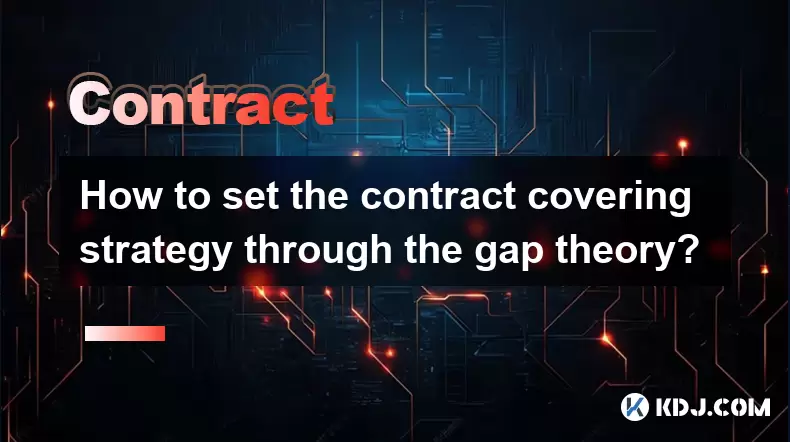-
 Bitcoin
Bitcoin $106,754.6083
1.33% -
 Ethereum
Ethereum $2,625.8249
3.80% -
 Tether USDt
Tether USDt $1.0001
-0.03% -
 XRP
XRP $2.1891
1.67% -
 BNB
BNB $654.5220
0.66% -
 Solana
Solana $156.9428
7.28% -
 USDC
USDC $0.9998
0.00% -
 Dogecoin
Dogecoin $0.1780
1.14% -
 TRON
TRON $0.2706
-0.16% -
 Cardano
Cardano $0.6470
2.77% -
 Hyperliquid
Hyperliquid $44.6467
10.24% -
 Sui
Sui $3.1128
3.86% -
 Bitcoin Cash
Bitcoin Cash $455.7646
3.00% -
 Chainlink
Chainlink $13.6858
4.08% -
 UNUS SED LEO
UNUS SED LEO $9.2682
0.21% -
 Avalanche
Avalanche $19.7433
3.79% -
 Stellar
Stellar $0.2616
1.64% -
 Toncoin
Toncoin $3.0222
2.19% -
 Shiba Inu
Shiba Inu $0.0...01220
1.49% -
 Hedera
Hedera $0.1580
2.75% -
 Litecoin
Litecoin $87.4964
2.29% -
 Polkadot
Polkadot $3.8958
3.05% -
 Ethena USDe
Ethena USDe $1.0000
-0.04% -
 Monero
Monero $317.2263
0.26% -
 Bitget Token
Bitget Token $4.5985
1.68% -
 Dai
Dai $0.9999
0.00% -
 Pepe
Pepe $0.0...01140
2.44% -
 Uniswap
Uniswap $7.6065
5.29% -
 Pi
Pi $0.6042
-2.00% -
 Aave
Aave $289.6343
6.02%
How to predict the exhaustion signal of the contract through the TD sequence count?
The TD sequence count helps crypto traders spot trend exhaustion by tracking price bars, with a count of 13 signaling a potential reversal.
Jun 20, 2025 at 11:00 am

Understanding the TD Sequence Count in Cryptocurrency Trading
The TD sequence count is a technical analysis tool primarily used to identify potential trend exhaustion points in financial markets, including cryptocurrency. Developed by Tom Demark, this method helps traders anticipate when a trend might reverse by counting price bars in relation to specific closing prices. In the context of crypto futures or perpetual contracts, recognizing these signals can be crucial for timing entries and exits.
The basic premise of the TD sequence revolves around counting up to 13 bars after a trigger condition is met. This trigger occurs when a close in a bar is higher than two bars earlier (for an uptrend) or lower than two bars earlier (for a downtrend). Once triggered, the count begins, and each subsequent bar that continues in the same direction increases the count.
In cryptocurrency contract trading, where volatility is high and trends can reverse rapidly, understanding how to apply the TD sequence count becomes vital.
Setting Up the TD Sequence Indicator on Crypto Platforms
Before diving into the interpretation of the TD sequence count, it’s essential to know how to set it up correctly on popular trading platforms such as TradingView, Binance Futures, or Bybit.
- Install the TD Sequential indicator from the platform's built-in tools or custom scripts.
- Apply it to your preferred chart timeframe — commonly used timeframes in crypto include 1-hour, 4-hour, and daily charts.
- Ensure the settings are aligned with standard TD rules: counts begin after a valid trigger and continue until a reversal or completion signal appears.
Some platforms may offer customizable versions of the indicator, allowing users to adjust sensitivity or display settings. However, sticking to the original TD rules often yields more reliable results in fast-moving crypto markets.
Interpreting the TD Count for Contract Exhaustion Signals
When using the TD sequence count to predict contract exhaustion, focus shifts to the count reaching 9 or beyond, especially if momentum indicators like RSI or MACD show divergence.
A count reaching TD 13 is considered the strongest exhaustion signal under Tom Demark’s methodology. At this level, the market has shown extended directional movement without significant pullbacks, suggesting that buying or selling pressure is waning.
For example:
- In an uptrend, if the TD count reaches 13 and the current candle closes below the prior candle’s low, this could signal exhaustion and a possible bearish reversal.
- In a downtrend, a TD 13 count followed by a close above the prior candle’s high may indicate a bullish reversal is imminent.
These signals are particularly useful when managing leveraged positions in crypto contracts, as they help identify potential turning points before they become obvious through traditional support/resistance levels.
Combining TD Count with Volume and Order Flow Analysis
To enhance the reliability of TD sequence signals in predicting contract exhaustion, many professional traders combine them with volume and order flow data.
High volume during early counts (like TD 6 or TD 8) confirms strong participation. However, if the TD count progresses to 10–13 with declining volume, it may suggest that fewer participants are willing to push the trend further — a classic sign of trend fatigue.
Additionally, checking order book depth or using tools like on-chain volume metrics can provide insights into whether large players are exiting or entering the market. For instance, if the TD count hits 12 while whale transactions decrease significantly, this could reinforce the exhaustion signal.
Crypto traders often use this multi-dimensional approach to avoid false breakouts and manage risk effectively in volatile environments.
Practical Steps to Trade Based on TD Exhaustion Signals
Once a TD exhaustion signal is identified, executing a trade requires precision and discipline. Here’s how experienced traders approach it:
- Wait for confirmation after TD 13: Look for a close that breaks a prior candle’s high or low, depending on the trend direction.
- Place entry orders just beyond the confirmation candle’s high or low to avoid getting faked out by small retracements.
- Set stop-loss orders slightly beyond the TD 13 candle to protect against sudden reversals.
- Use trailing stops or partial profit-taking strategies once the trade moves in favor.
Risk management remains key. Given the high leverage available in crypto contracts, overexposure on a single TD signal can lead to substantial losses. Always align position sizes with your overall portfolio strategy and account balance.
Frequently Asked Questions
Q: Can the TD sequence count be applied to all cryptocurrencies?
Yes, the TD sequence count works across various assets, including Bitcoin, Ethereum, and altcoins. However, its effectiveness may vary based on liquidity and volatility levels.
Q: How does the TD sequence compare to Fibonacci retracement in predicting trend exhaustion?
While Fibonacci focuses on measuring pullbacks within a trend, the TD sequence emphasizes time and price alignment to spot potential reversals. Both can complement each other but serve different analytical purposes.
Q: Is the TD sequence suitable for scalping crypto contracts?
It's generally more effective on higher timeframes (e.g., 1-hour or above), making it better suited for swing trading rather than scalping due to its reliance on multi-bar sequences.
Q: Do exchanges manipulate TD signals in crypto futures?
Exchanges themselves don’t manipulate TD signals, but wash trading or spoofing can create artificial patterns. It's advisable to cross-reference with volume and on-chain data for accuracy.
Disclaimer:info@kdj.com
The information provided is not trading advice. kdj.com does not assume any responsibility for any investments made based on the information provided in this article. Cryptocurrencies are highly volatile and it is highly recommended that you invest with caution after thorough research!
If you believe that the content used on this website infringes your copyright, please contact us immediately (info@kdj.com) and we will delete it promptly.
- Filecoin, Secure Storage, and Avalanche Enterprises: A New Era of Blockchain Collaboration
- 2025-06-20 14:45:13
- SEI Price Surge: Decoding the Reasons Behind the Rise
- 2025-06-20 14:25:12
- Cryptos for the Long Haul: Early Investors' Edge in 2025
- 2025-06-20 14:25:12
- Bitcoin Price in June 2025: Riding the $100K Wave?
- 2025-06-20 14:45:13
- Tether, Stablecoins, and Public Offerings: A New York Perspective
- 2025-06-20 15:05:13
- XRP Price Consolidates as Solana Meme Coin Snorter Token Gains Traction
- 2025-06-20 15:25:12
Related knowledge

How to determine the expected volatility of the contract through the volatility cone?
Jun 19,2025 at 12:28pm
Understanding the Basics of Volatility in Cryptocurrency ContractsIn the realm of cryptocurrency trading, volatility is a key metric that traders use to assess potential risk and reward. When dealing with futures contracts, understanding how volatile an asset might become over time is crucial for position sizing, risk management, and strategy developmen...

How to use the volume swing indicator to predict the contract volume-price divergence?
Jun 18,2025 at 11:42pm
Understanding the Volume Swing IndicatorThe volume swing indicator is a technical analysis tool used primarily in cryptocurrency trading to evaluate changes in volume over time. Unlike price-based indicators, this metric focuses solely on trading volume, which can provide early signals about potential market reversals or continuations. The key idea behi...

How to use the Gaussian channel to set the contract trend tracking stop loss?
Jun 18,2025 at 09:21pm
Understanding the Gaussian Channel in Cryptocurrency TradingThe Gaussian channel is a technical indicator used primarily in financial markets, including cryptocurrency trading, to identify trends and potential reversal points. It is based on statistical principles derived from the normal distribution, commonly known as the Gaussian distribution or bell ...

How to verify the contract support strength in combination with order flow analysis?
Jun 20,2025 at 12:28pm
Understanding Contract Support Strength in CryptocurrencyIn the realm of cryptocurrency trading, contract support strength refers to the resilience of a price level where buying interest is expected to overcome selling pressure. This concept becomes even more nuanced when analyzed alongside order flow, which provides insights into the dynamics of buy an...

How to use the relative volatility index to filter the contract shock signal?
Jun 18,2025 at 08:56pm
Understanding the Relative Volatility Index (RVI)The Relative Volatility Index (RVI) is a technical indicator that helps traders assess the volatility of an asset in relation to its recent price movements. Unlike traditional indicators like Bollinger Bands or Average True Range, RVI focuses on the deviation of prices from their mean over a specific peri...

How to set the contract covering strategy through the gap theory?
Jun 20,2025 at 12:49am
Understanding the Gap Theory in Cryptocurrency TradingThe gap theory is a widely used concept in technical analysis, particularly relevant to cryptocurrency markets due to their high volatility and 24/7 trading nature. A gap occurs when the price of an asset opens significantly higher or lower than the previous closing price, with no trading activity ta...

How to determine the expected volatility of the contract through the volatility cone?
Jun 19,2025 at 12:28pm
Understanding the Basics of Volatility in Cryptocurrency ContractsIn the realm of cryptocurrency trading, volatility is a key metric that traders use to assess potential risk and reward. When dealing with futures contracts, understanding how volatile an asset might become over time is crucial for position sizing, risk management, and strategy developmen...

How to use the volume swing indicator to predict the contract volume-price divergence?
Jun 18,2025 at 11:42pm
Understanding the Volume Swing IndicatorThe volume swing indicator is a technical analysis tool used primarily in cryptocurrency trading to evaluate changes in volume over time. Unlike price-based indicators, this metric focuses solely on trading volume, which can provide early signals about potential market reversals or continuations. The key idea behi...

How to use the Gaussian channel to set the contract trend tracking stop loss?
Jun 18,2025 at 09:21pm
Understanding the Gaussian Channel in Cryptocurrency TradingThe Gaussian channel is a technical indicator used primarily in financial markets, including cryptocurrency trading, to identify trends and potential reversal points. It is based on statistical principles derived from the normal distribution, commonly known as the Gaussian distribution or bell ...

How to verify the contract support strength in combination with order flow analysis?
Jun 20,2025 at 12:28pm
Understanding Contract Support Strength in CryptocurrencyIn the realm of cryptocurrency trading, contract support strength refers to the resilience of a price level where buying interest is expected to overcome selling pressure. This concept becomes even more nuanced when analyzed alongside order flow, which provides insights into the dynamics of buy an...

How to use the relative volatility index to filter the contract shock signal?
Jun 18,2025 at 08:56pm
Understanding the Relative Volatility Index (RVI)The Relative Volatility Index (RVI) is a technical indicator that helps traders assess the volatility of an asset in relation to its recent price movements. Unlike traditional indicators like Bollinger Bands or Average True Range, RVI focuses on the deviation of prices from their mean over a specific peri...

How to set the contract covering strategy through the gap theory?
Jun 20,2025 at 12:49am
Understanding the Gap Theory in Cryptocurrency TradingThe gap theory is a widely used concept in technical analysis, particularly relevant to cryptocurrency markets due to their high volatility and 24/7 trading nature. A gap occurs when the price of an asset opens significantly higher or lower than the previous closing price, with no trading activity ta...
See all articles

























































































